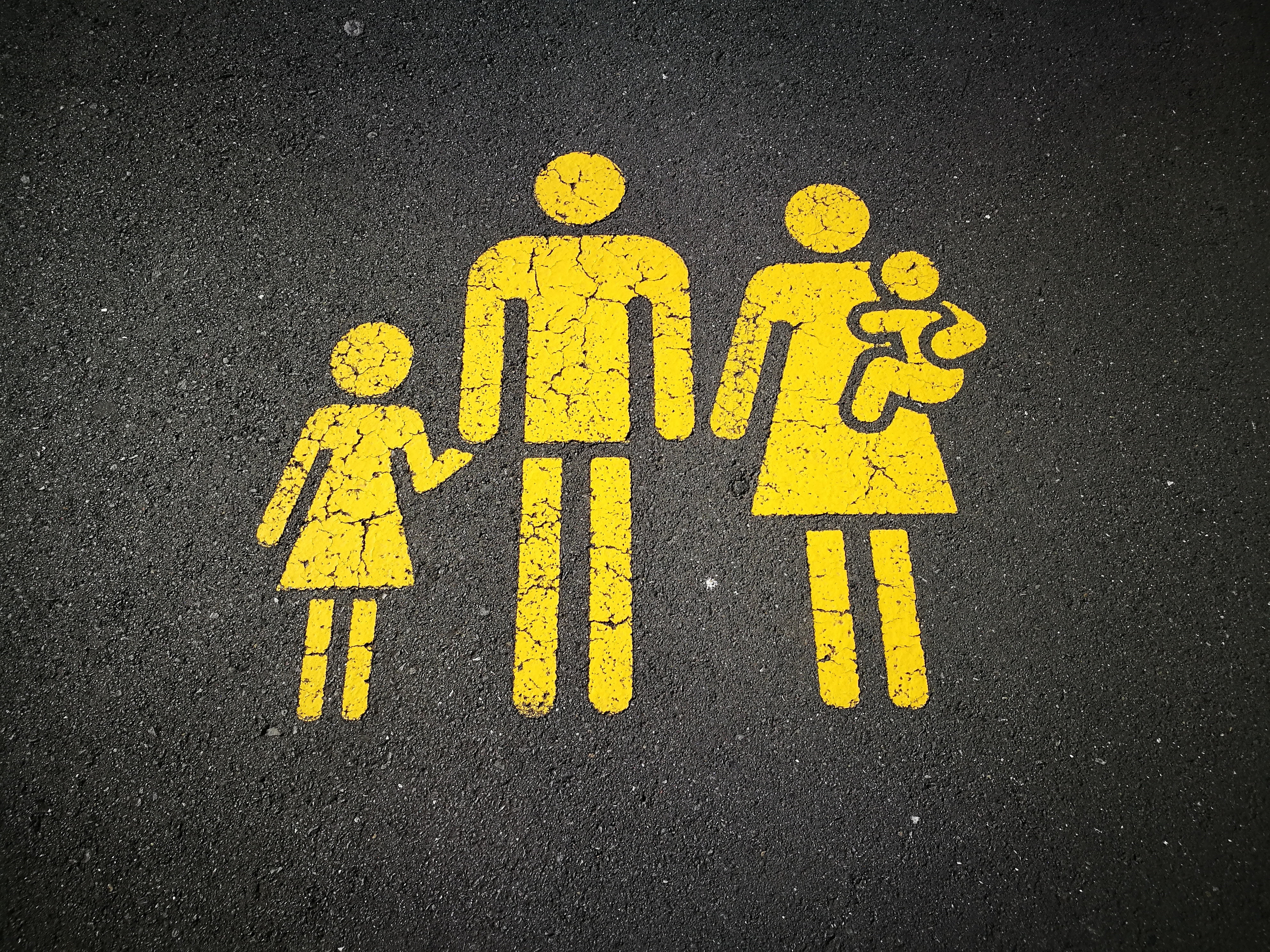I recently saw a picture that at first glance seemed like nothing out of the ordinary until I read the accompanying text related to the picture. The picture depicted four adults and multiple children laughing while unwrapping presents on Christmas morning. However, the text related to the picture revealed that two of the adults were formerly married and the other two adults were their new significant others, while the children were a mixture of all of the parents’ children. We most often hear the worst stories about divorce, the contentiousness, children being unfairly placed in the middle of their parents, and the ongoing arguments well after spouses have separated ways. Yet, we rarely hear about the divorces where parents still remain on good terms, put their children first, and actively make efforts to continue to co-parent even though they are now in separate houses.
Of course, couples divorce for a variety of reasons and there are times when minimal contact between parents is necessary for not only their children’s well-being, but also their own well-being. In this blog I am referring to the divorces that are safe for both parties to remain in contact and are in the best interest of the child(ren). Situations differ and it is important to recognize, understand, and respect that individuals have different needs and boundaries. Typically during and immediately following marital separation and divorce, it is more challenging for former partners to co-parent as each individual needs time to heal and adjust to their new restructured family life. However, it is still important for parents to remember to put their child(ren) before themselves and their own egos.
As time goes by many former spouses are able to develop a new amicable relationship, if not even a friendship that benefits all involved as parents are more likely to consult with one another on choices concerning their child, present as a united parental unit, and interact positively in front of their child(ren). Children learn from watching us and what an amazing gift divorced parents give their children when they model mutual respect, placing a child’s needs first, and providing opportunities for interaction with both parents rather than interactions with only one parent at a time.
A handout I often refer to with my clients is called, “Children’s Divorce Bill of Rights.” It is a list that can help serve as a reminder to parents who are in the midst of separation, newly divorced, or even have been divorced for years when disagreements about parenting arise. The list is as follows:
Every child whose parents divorce has:
The right to love and be loved by both parents without feeling guilt or disapproval.
The right to be protected from parental anger with each other.
The right to be kept out of the middle of parental conflict, including the right not to pick sides, carry messages, or hear complaints about the other parent.
The right not to have to choose one of your parents over the other.
The right not to be responsible for the burden of either parent’s emotional distress.
The right to know well in advance about important changes that will affect their life, such as when a parent moves or gets remarried.
The right to reasonable financial support during childhood and through college.
The right to have feelings, express those feelings, and have both parents listen without judgement.
The right to have a life that is as close as possible to what it would have been if the parents were still together.
The right to be a kid.
Mary Kathleen Hill, Ph.D.
Licensed Clinical Psychologist

